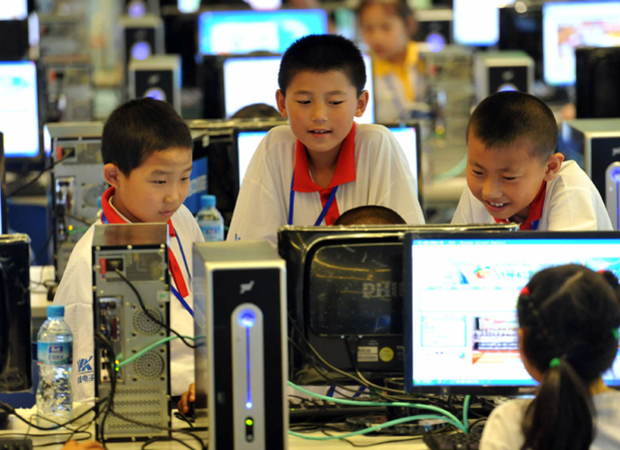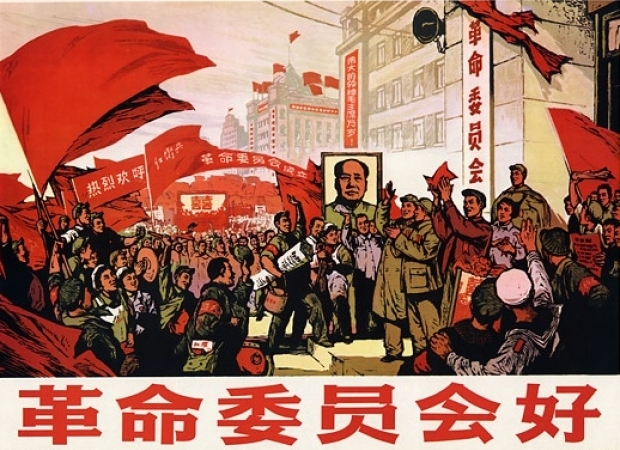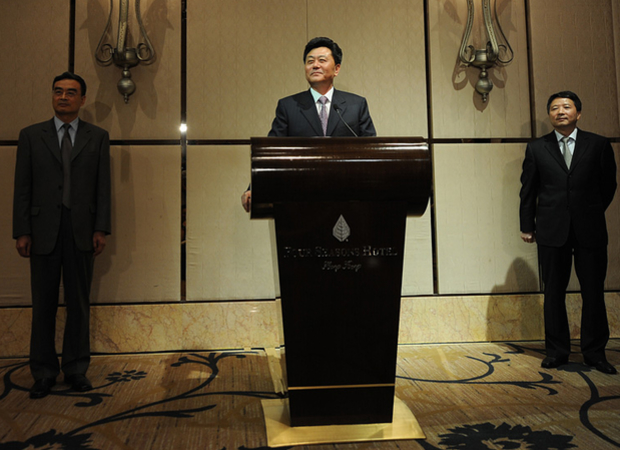Over the past two decades, China has embarked on an ambitious program of expressway network expansion. By facilitating market integration, this program aims both to promote efficiency at the national level and to contribute to the catch-up of lagging inland regions with prosperous eastern ones. This paper evaluates the aggregate and spatial economic impacts of China's newly constructed National Expressway Network, focusing, in particular, on its short-run impacts. To achieve this aim, the authors adopt a counterfactual approach based on the estimation and simulation of a structural "new economic geography" model. Overall, they find that aggregate Chinese real income was approximately 6 percent higher than it would have been in 2007 had the expressway network not been built. Although there is considerable heterogeneity in the results, the authors do not find evidence of a significant reduction in disparities across prefectural level regions or of a reduction in urban-rural disparities. If anything, the expressway network appears to have reinforced existing patterns of spatial inequality, although, over time, these will likely be reduced by enhanced migration.






